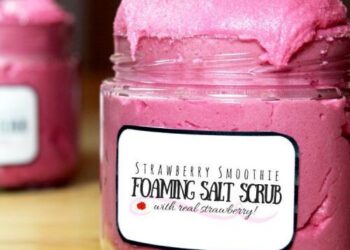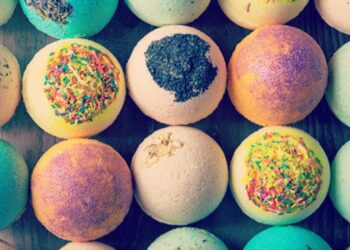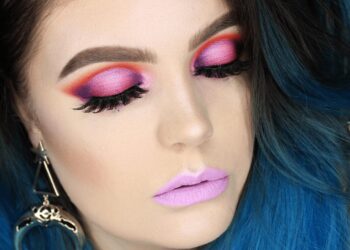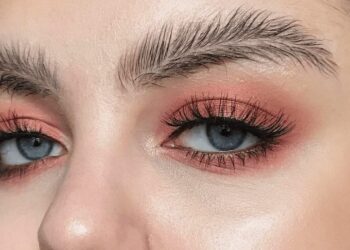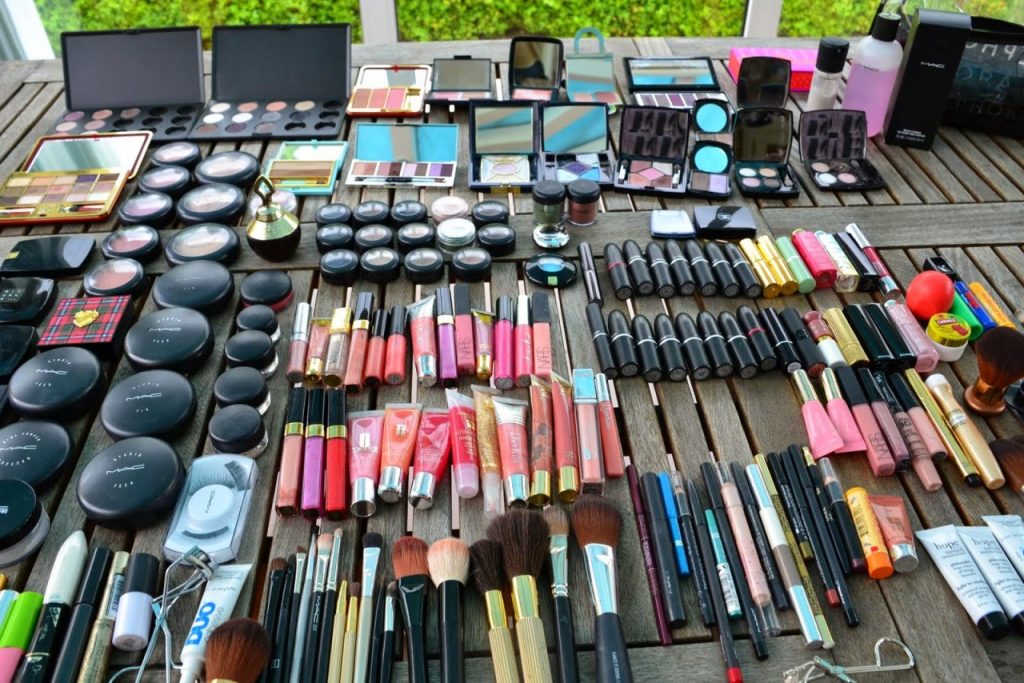
Many of us constantly clean our makeup brushes and sponges, but how often do we disinfect our actual makeup? These beauty products breed bacteria like crazy, and more often than not, we don’t ever think about how dirty these products are. This bacteria also comes in contact with our skin, eyes and lips, possibly leading to allergic reactions, infections, swelling and redness, depending on the severity.
Before we get into how to clean your actual makeup, we’d like to point out a few hygiene tips when handling your beauty products. First of all, always wash your hands with anti-bacterial hand wash before meddling with your makeup. Your hands spread bacteria like no other, and they pick up filth from literally anything in contact.
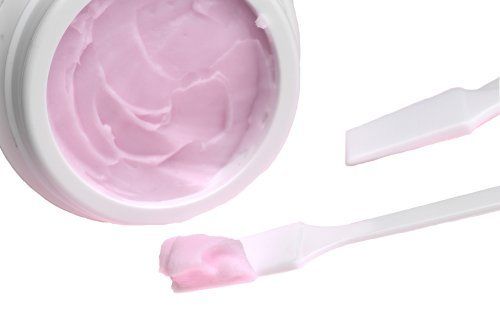
Next, get spatulas for all your products in pots and never dip your fingers into them again. With the spatulas, scoop out the desired amount of product you’d like to use, place it on the back of your hand to be applied later, and clean the spatula immediately. Bacteria thrives in moist environments, so you do not want to make it worse.
Finally, always make sure that your beauty products aren’t expired and observe closely for a change in texture, colour, smell or consistency. If a cream product starts to smell funky or looks completely different from when you purchased it, get rid of it immediately. It’s not worth getting an infection for, no matter the price.
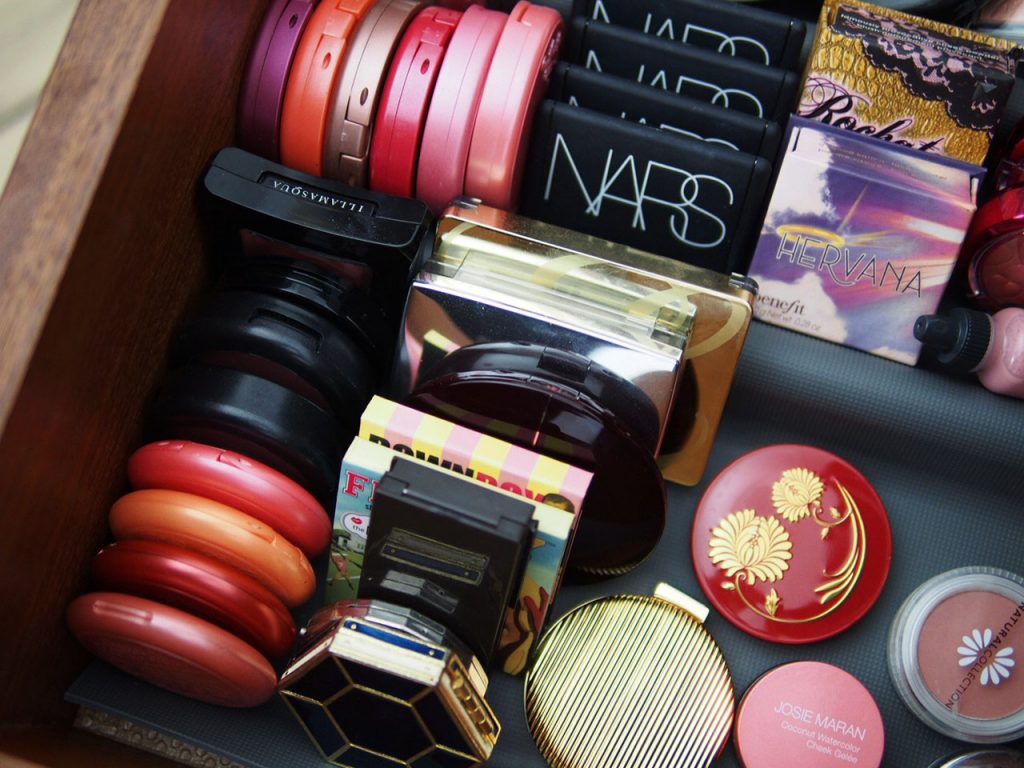
We love makeup like you do, and we know how hard it is to part ways with some of our favourite beauty products. For that reason, we keep them for the longest time in our collection, use them very sparingly, and unknowingly, we would’ve kept these products way past their expiration dates. We urge you to stop doing that once and for all.
Now, the things you will need to disinfect and sanitise your makeup are are a spray bottle filled with rubbing alcohol, anti-bacterial wipes and alcohol swabs. We suggest that you do this once a month to keep everything nice and clean.
Cream products in jars – These products breed bacteria the most. For eyeshadow pots, eyeliner pots and cream blushes, take off the first surface layer of product with tissue or alcohol swabs. Then, spray some rubbing alcohol on the product and leave it out to dry for a couple of minutes. Next, wipe around the entire packaging with an anti-bacterial wipe.
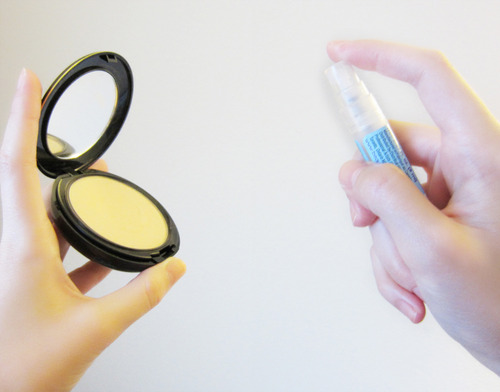
Powder products – For compact finishing powders, eyeshadow palettes, bronzers and highlighters, just spray a couple spritzes of rubbing alcohol on the product and leave it out to dry for a few minutes. Similarly, wipe down the packaging with an anti-bacterial wipe.
Lipsticks – Bacteria breeds on lipsticks more than you think, and every time we reapply after eating or drinking, the grease and dead skin cells adhere to the product. Imagine the amount of gross buildup! Wipe off the first surface layer of product on the lipstick bullet and spray it with rubbing alcohol. For a sure-fire way of getting rid of bacteria, you could also dip the lipstick bullet into a pot of rubbing alcohol before leaving it to dry.
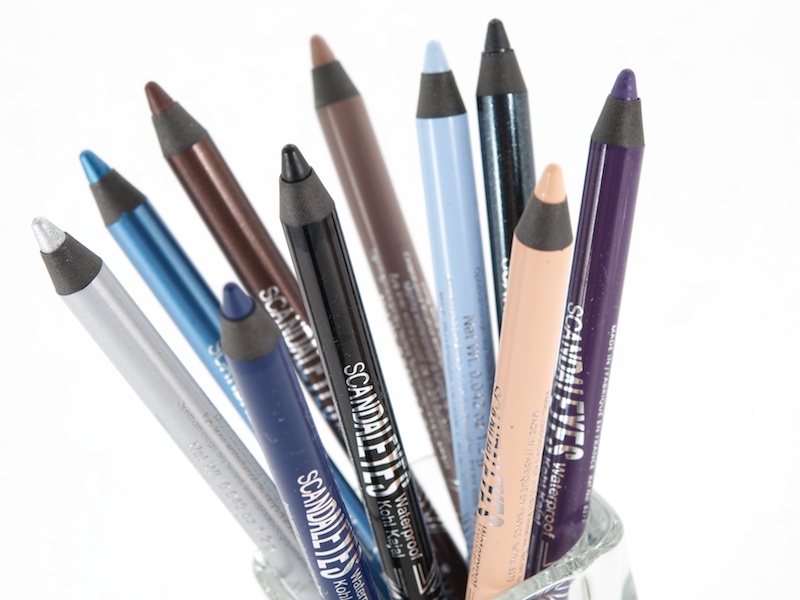
Pencil or stick products – For eyeliners, lip liners, stick eyeshadows and stick concealers, wipe off the first surface layer of the product, then spray it with some rubbing alcohol before leaving it to dry. If you can sharpen them, sharpen them often to get rid of the first surface layer.
Products with wands – We’re talking about lip glosses, concealers that come in contact with your pimples, and mascaras here. Remove the wands and wipe them down completely before giving them a good wash with anti-bacterial soap. Leave them to dry and then spray on some rubbing alcohol before putting them back into the tubes.
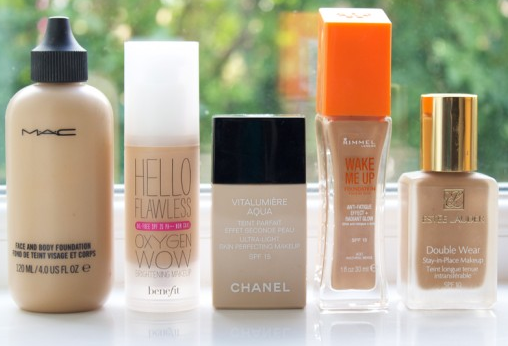
Products in bottles – Foundations or other liquid products that come in bottles often end up being very grubby and disgusting. Remove the caps for the bottles and wash them thoroughly. Then, wipe down the neck of the bottles with an anti-bacterial wipe to get rid of product buildup.
Cushion foundations – There’s nothing much you can do about the cushion foundation itself except to wipe down the packaging, but you should always wash your sponges to keep everything sanitised. Soak up the sponges with water and thoroughly cleanse them with the soap you use to clean your makeup brushes with. Leave them to dry and they’ll be as good as new.



